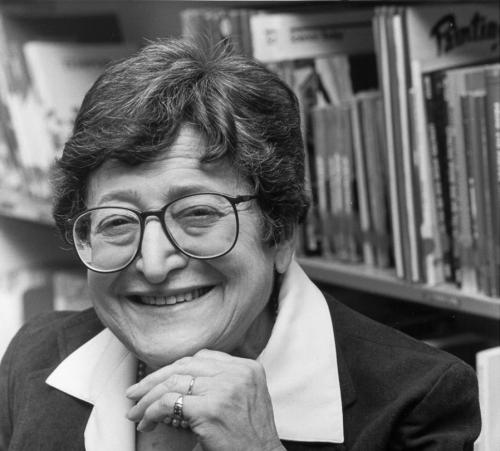Educational theorist, Jeanne Chall, describes the backlash against progressive early childhood education methods in favor of a ‘return to phonics’.

1. The process of reading should be defined broadly to include as major goals, right from the start, not only word recognition, but also comprehension and interpretation, appreciation, and application of what is read to the study of personal and social problems.
2. The child should start with “meaningful reading” of whole words, sentences, and stories as closely geared to his own experiences and interests as possible. Silent reading should be stressed from the beginning.
3. After the child recognizes “at sight” about fifty words (some authors called for more, some less), he should begin to study, through analyzing words “learned as wholes,” the relationship between the sounds in spoken words (phonemes) and the letters representing them (graphemes), i.e., phonics. However, even before instruction in phonics is begun, and after, the child should be encouraged to identify new words by picture and meaning clues. Structural analysis’ should begin about the same time as phonics and should be continued longer. (Word perception” is the term commonly used to describe the different ways of identifying new words, phonics being only one of these ways. In fact, in many published programs the child is encouraged to use phonics only when the other ways fail.)
4. Instruction in phonics and other means of identifying words should be spread over the six years of elementary school. Usually, instruction in phonics is started slowly in grade 1, gathering momentum in grades 2 and 3.
5. Drill or practice in phonics “in isolation” (i.e., apart from the reading of sentences or stories) should be avoided; instead, phonics should be “integrated” with the “meaningful” connected reading. In addition, the child should not isolate sounds and blend them to form words. Instead, he should identify unknown words through a process of visual analysis and substitution.
6. The words in the pupils’ readers for grades 1, 2, and 3 should be repeated often. They should be carefully controlled on a meaning-frequency principle; i.e., they should be the words that appear most frequently in general reading matter and that are within the child’s listening and speaking vocabulary.
7. The child should have a slow and easy start in the first grade. All children should go through a readiness or preparatory period, and those judged not ready for formal reading instruction should have a longer one.
8. Children should be instructed in small groups (usually three in a class) selected on the basis of their achievement in reading. …
Since the middle 1950s, however, one after another of these principles has been vehemently challenged, largely as a result of the popular success of Flesch’s Why Johnny Can’t Read. … As in the past, most current innovators claim that theirs is the new,” “natural,” “true,” “logical,” or “most scientific” way to begin. …
Many aspects of the early call for a “return to phonics” can be associated with the general reaction against progressive education. Since the prevailing approach to teaching beginning reading came into being at a time when progressive education was in favor, and since much of its ideology derives from this educational philosophy (see Chapters 1 and 2), it has shared with progressive education the wrath of a community increasingly interested in “high standards” and convinced that these standards have not been upheld by the schools. …
While there is agitation for change in schools serving both the culturally and the economically advantaged and disadvantaged, the middle socioeconomic group seems to remain quite satisfied with the status quo. Perhaps this is because this group is precisely the one for whom the existing basal-reading programs were devised and are most appropriate. The suburban middle-class child—not too affluent, and doing the ordinary things that all ordinary children in America do—can identify with Ted and Sally, Dick and Jane, Alice and Jerry, and the other heroes and heroines of the conventional basal readers. These readers are probably most suitable for this middle group; the pacing is not too taxing, and the questions they ask can be answered from the children’s previous home experience.
Chall, Jeanne. 1967. Learning to Read: The Great Debate. New York: McGraw Hill. pp. 13-15, 288-292. || Amazon || WorldCat
